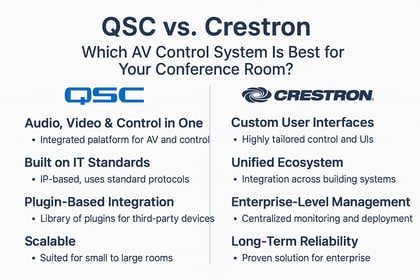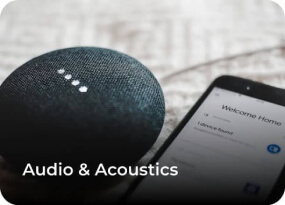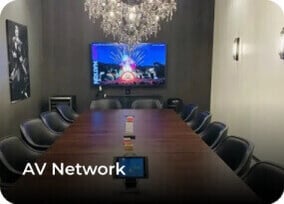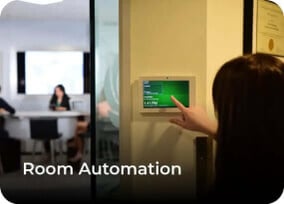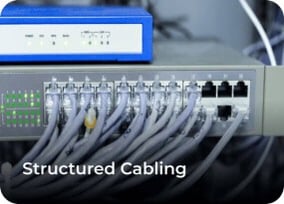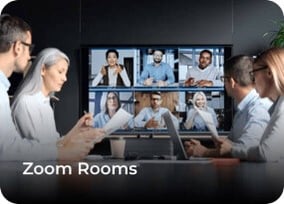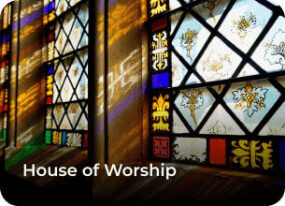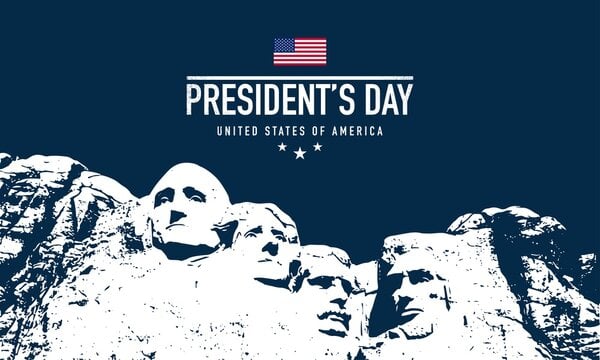
In honor of Presidents Day, let's journey through the fascinating evolution of how presidents have communicated with the public from the pre-technological era to the digital age. From the intimate setting of a fireside chat to the fast-paced world of X (formerly Twitter), we'll explore the various mediums that have shaped presidential communication and their impact on public perception and engagement.
Fireside Chats: Bringing the President Into Every Home
We begin our journey with Franklin D. Roosevelt, who revolutionized presidential communication with his pioneering radio broadcasts known as "Fireside Chats." These intimate talks brought the president directly into the living rooms of millions of Americans, providing comfort and reassurance during tumultuous times. FDR's ability to connect with the public personally set a precedent for future presidents to utilize technology to bridge the gap between the Oval Office.
Check out this video on FDR's fireside chats:
https://www.c-span.org/video/?298210-1/president-franklin-roosevelts-fireside-chat and ordinary citizens.
Telegraph: The Birth of Instantaneous Communication
Before the age of radio and television, presidents relied on the telegraph to communicate with the public. The telegraph, invented in the early 19th century, allowed messages to be transmitted over long distances almost instantaneously. Presidents like Abraham Lincoln used the telegraph to receive updates from the battlefield during the Civil War and to communicate with government officials and the public. While less direct or personal than later forms of communication, the telegraph represented a significant advancement in the speed and reach of presidential communication.
Televised Presidency: From JFK to Reagan
As television became a staple in American households, presidents capitalized on its visual power to communicate their messages. From John F. Kennedy's confident demeanor in televised debates to Ronald Reagan's skillful use of imagery, television transformed the presidency into a visually-driven institution. The advent of television allowed presidents to convey leadership and charisma through carefully crafted appearances, shaping public perception in unprecedented ways.
Check out this video on how JFK used TV to connect with Americans:
https://www.youtube.com/watch?v=xtwcdLtAxO4
Social Media: Direct Engagement in the Digital Age
Fast forward to the modern era, where social media platforms like X have reshaped the landscape of presidential communication. With the ability to instantly reach millions of followers, presidents can bypass traditional media channels and speak directly to the public. From Barack Obama's groundbreaking use of social media during his campaigns to Donald Trump's controversial tweets, presidents have harnessed the power of social media to rally supporters, shape narratives, and make policy announcements.
Check out this video on President Obama launching the first-ever tweet:
https://www.youtube.com/watch?v=1FcDDN-s05o
From Pen and Paper to Pixels: How Technology Transformed Presidential Communication
From handwritten letters and printed newspapers to the era of smartphones and social media, technology has fundamentally changed how presidents communicate with the public. While early presidents relied on letters, speeches, and printed materials to disseminate their messages, technological advancements have enabled them to reach larger audiences with incredible speed and efficiency. Today, presidents can communicate instantaneously with people worldwide, shaping public opinion in real time.
As we reflect on the evolution of presidential communication, it's clear that technology will continue to play a central role in shaping how presidents engage with the public. From the fireside to the smartphone, the medium may change, but the importance of effective communication remains constant.
Join us in celebrating Presidents Day by reflecting on the remarkable evolution of presidential communication, from the humble beginnings of the fireside chat to the digital age of Twitter and beyond. Happy Presidents Day!


.jpg?width=614&height=280&name=Conference-Room_1280-1%20(1).jpg)
